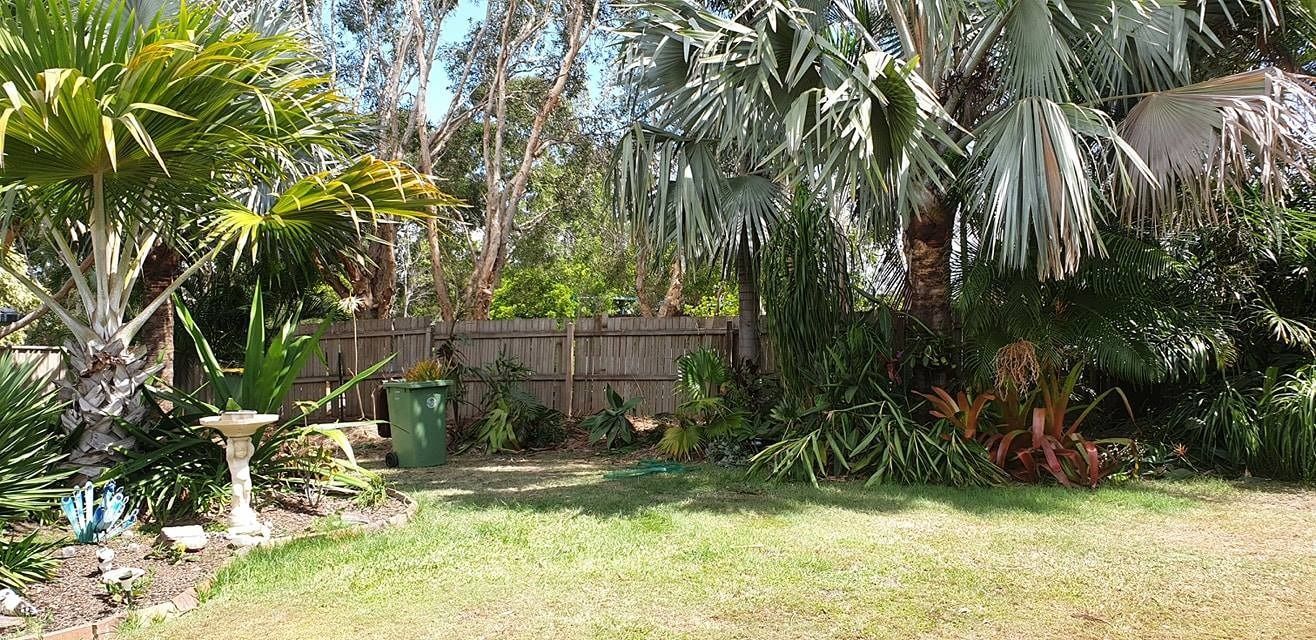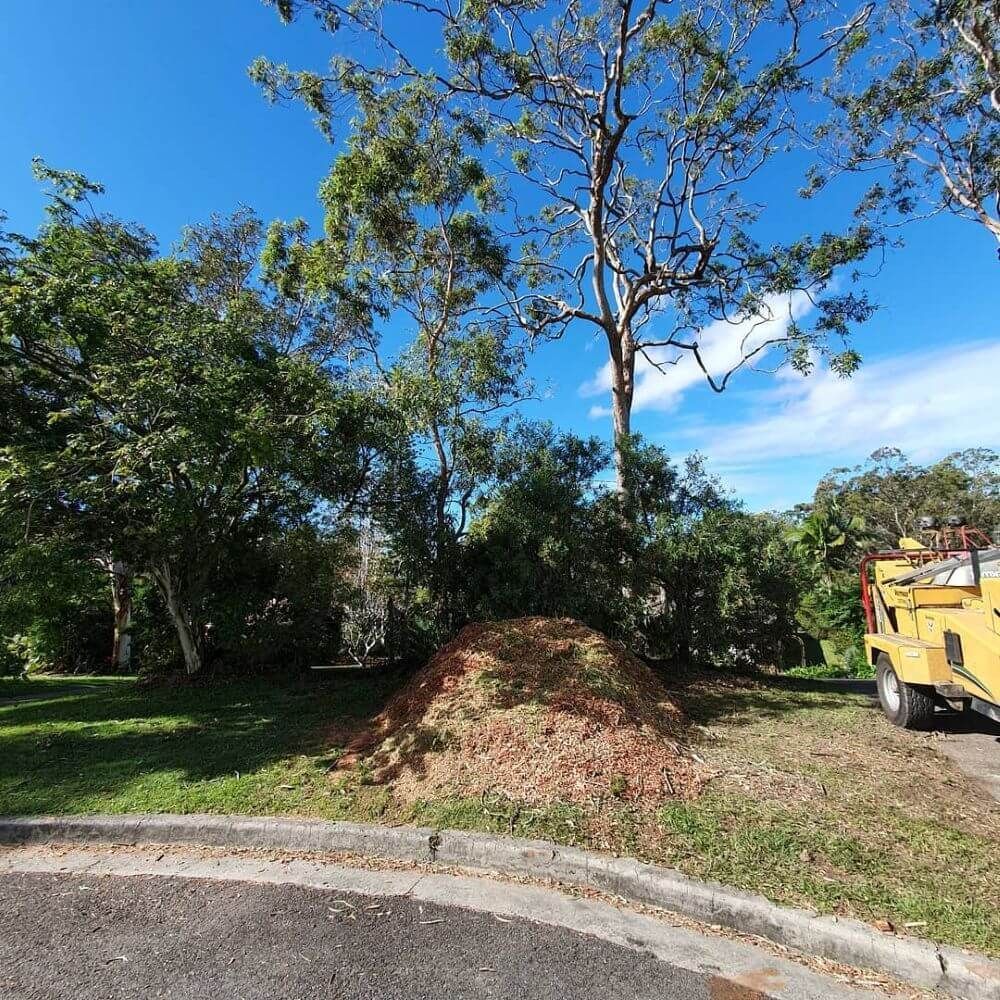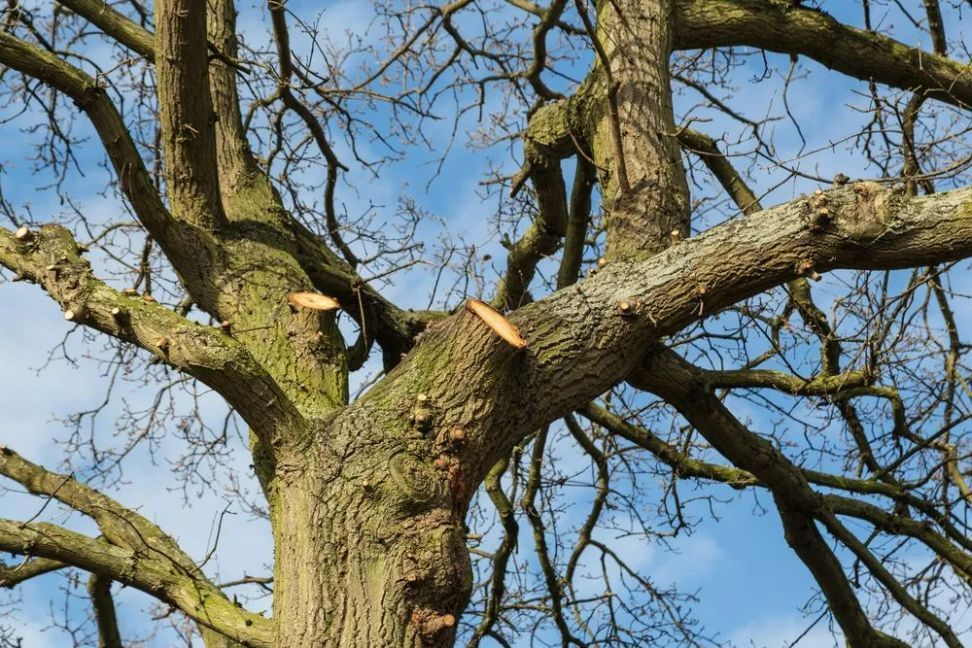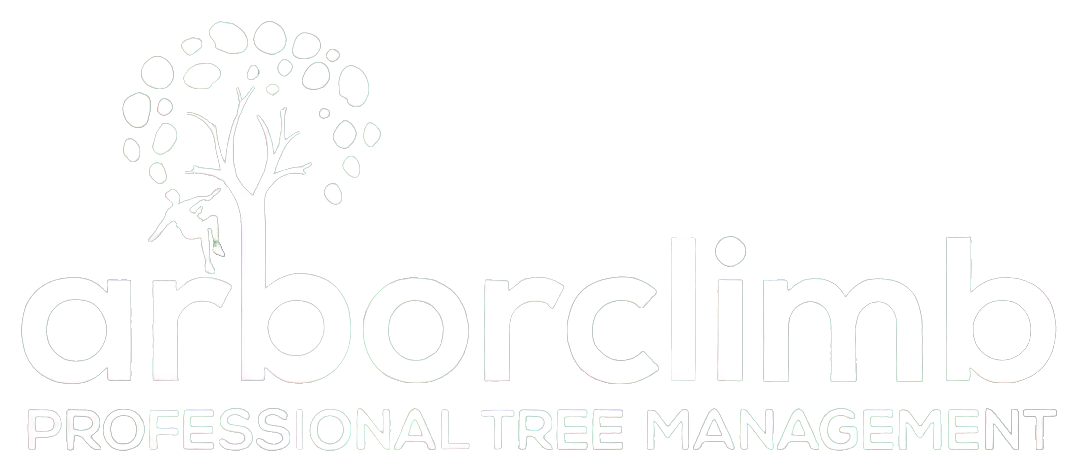What Happens To Tree Roots After Stump Grinding?
When a tree is removed, stump grinding is often the next step in reclaiming your outdoor space. But what many homeowners overlook is what happens beneath the surface—specifically, the tree roots left behind. These underground remnants can continue to influence your soil, landscape, and garden health long after the stump is gone. On the Sunshine Coast, where native species and soil conditions vary, managing post-grinding root behaviour can be vital for future landscaping plans.
This blog breaks down exactly what happens to tree roots after stump grinding, why they don’t vanish immediately, and when it’s time to seek advice from a qualified arborist.
The Root Reality: What’s Left Behind After Stump Grinding
Stump grinding focuses solely on the visible part of the tree—the stump above and just below ground level. The grinding process removes the crown of the root system but does not extract the deeper, lateral roots that extend several metres underground.
Here’s what’s typically left behind:
- Large lateral roots can be several centimetres thick and stretch well beyond the tree’s original canopy.
- Fine feeder roots that spread outward and downward, especially in mature or large trees.
- Depending on conditions, decomposing wood can remain intact underground for months to years.
The remaining roots are dead or dying, and while they will eventually decompose, the process is slow and influenced by several variables.
Why Tree Roots Don’t Just Disappear Overnight
Tree roots are robust by design and can draw moisture and nutrients across wide areas. Once stump grinding is completed, the roots no longer receive sustenance from the tree and begin the slow journey toward decay. However, this natural decomposition doesn’t happen instantly.
Factors that influence root decay include:
- Tree species: Hardwoods like eucalypts decay slowly, whereas softwoods break down quicker.
- Soil moisture & biology: Wet, biologically active soils promote faster decomposition.
- Root size & depth: Larger, deeper roots can remain intact for several years.
Even though the tree is gone, its root system can continue to affect your soil and garden dynamics.
Can Tree Roots Resprout? When Regrowth Becomes a Problem
In some cases, roots left behind may attempt to regenerate. This process, known as suckering, involves new shoots emerging from the root zone, and it is particularly common in invasive or fast-recovering tree species.
Common species that exhibit root suckering include:
- Poplars & willows – notorious for aggressive regrowth.
- Chinese elms – can send up shoots metres from the stump.
- Camphor laurel – invasive and persistent without full removal.
When resprouting occurs, it may lead to unwanted shrub-like growths or interfere with future landscaping. If you observe persistent suckers, contact a local arborist to assess and treat the root system.
Underground Hazards: Roots & Their Impact on Pipes, Paving & Soil Health
Even dead or decaying roots can pose challenges to your property. Tree roots often grow toward moisture and may have wrapped around underground utilities or grown beneath hardscaping elements.
Potential post-stump grinding issues include:
- Displaced paving or cracking in concrete slabs
- Soil voids form as roots decay, causing uneven ground or subsidence
- Root entanglement with plumbing or irrigation lines, particularly if they were previously breached
Roots that once aggressively sought water and nutrients don’t always stop being disruptive once the tree is removed.
How Root Decay Affects Your Garden Over Time
As tree roots decay, they begin to break down into organic matter. While this might sound beneficial, it can also impact soil structure and planting decisions.
Consider the following garden implications:
- Soil settling or sinking occurs in areas where large roots rot away.
- Increased fungal activity from decomposing organic matter.
- Temporary nitrogen drawdown occurs as microbes consume nutrients during decay.
While these effects aren’t always negative, they can disrupt plans for new lawns, planting beds, or structures. Proper root management helps prepare the ground for your next landscape phase.
The Role of Mulch: Should You Leave the Woodchips?
Stump grinding produces a substantial pile of woodchips or mulch, often left behind to break down naturally. Whether to leave or remove them depends on your future plans for the site.
Pros of leaving the mulch:
- Adds organic matter and slowly feeds the soil
- Helps retain moisture and suppress weeds
- Saves on cleanup and disposal costs
Cons of leaving the mulch:
- May contribute to fungal growth, including mushrooms or slime mould
- Can hinder grass regrowth if laid too thickly
- Might attract pests like termites if left near structures
If you’re unsure, consult your arborist for the best solution based on your soil and landscaping goals.
Should You Remove the Roots Too? When Stump Grinding Isn’t Enough
While stump grinding is often sufficient for general use, there are cases where full root removal may be necessary. This is more involved and disruptive, but important in some situations.
You should consider full root removal if:
- You’re planning construction like sheds, decking or driveways.
- You’ve had regrowth issues or ongoing suckering.
- The roots interfere with plumbing, drainage or structural footings.
Arborists can carry out targeted root excavation with minimal damage to the surrounding landscape, especially when precision is required.
Why Arborist Advice Is Key for Post-Grinding Root Management
Every tree species, root system, and site presents unique challenges after stump grinding. That’s why advice from a qualified arborist is invaluable, especially for those planning landscape upgrades or facing persistent regrowth.
A professional arborist can:
- Assess your soil and subsurface conditions.
- Identify risk areas like pipes, pathways or nearby structures.
- Recommend treatments such as herbicide application or physical root removal.
- Advise on planting suitability for the area moving forward.
Managing what’s below the surface is just as important as what’s above when it comes to a safe, thriving outdoor space.
Rely on Us for Professional Tree Services on the Sunshine Coast
At Arborclimb, we’re here to help you manage more than just the visible parts of your landscape. Whether you’ve just had a tree removed or are planning a new garden bed, it’s worth understanding what’s happening beneath the ground. With our tree removal services on the Sunshine Coast, we can advise on everything from root decay and regrowth to mulch reuse and soil health. Get in touch via our contact page to learn more about our stump grinding services or to book a consultation.










